Read this short post to find out different ways to use video clips in your history lessons.
Six strategies for using Video Clips in the history classroom
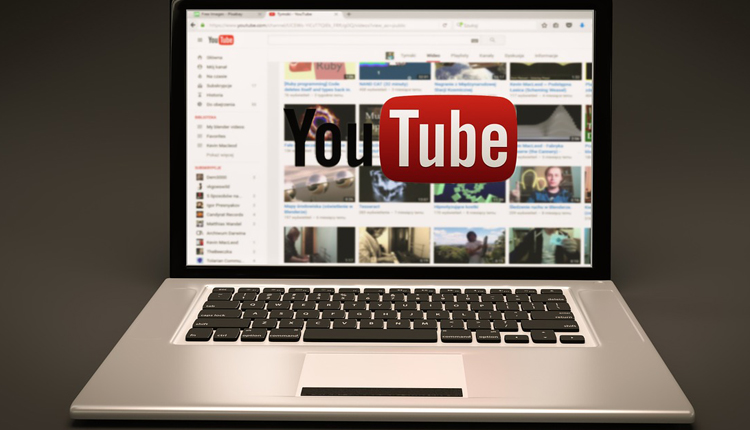

Read this short post to find out different ways to use video clips in your history lessons.
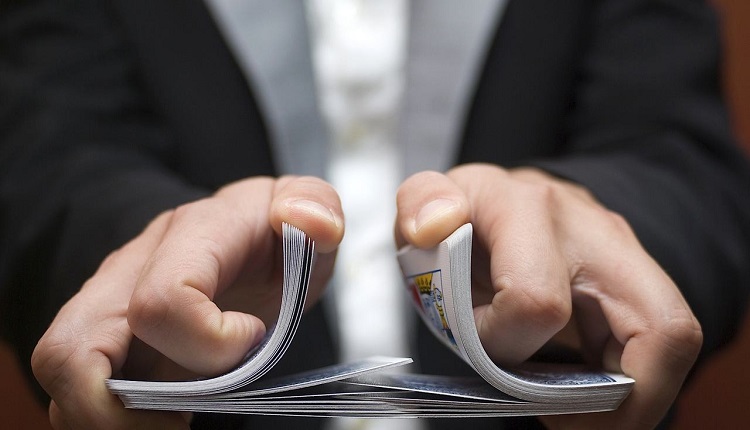
With the 9-1 GCSE there is more content to remember than there was with the older GCSE. Fact! We all need to develop short sharp ideas, or ‘tricks’ to make learning stick.

I’m sure many of you who’ve taught a module on female suffrage have had many a tittering class over Isabella Beeton’s advice from 1861, that a wife should rise before her husband, “and having given due attention to the bath, and made a careful toilet…” in order to be what Lord[…]

With exams looming, these activities and techniques can help history teachers ensure their students are geared up and ready to perform under pressure.
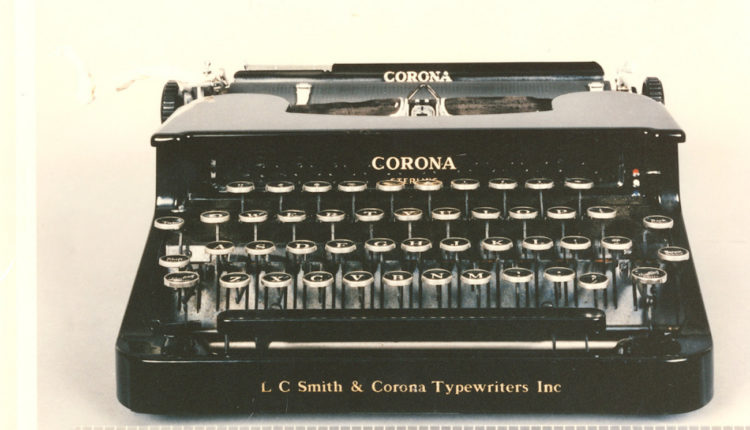
Here are three top tips to help you set work that is engaging, will make your students think hard and help them make progress.
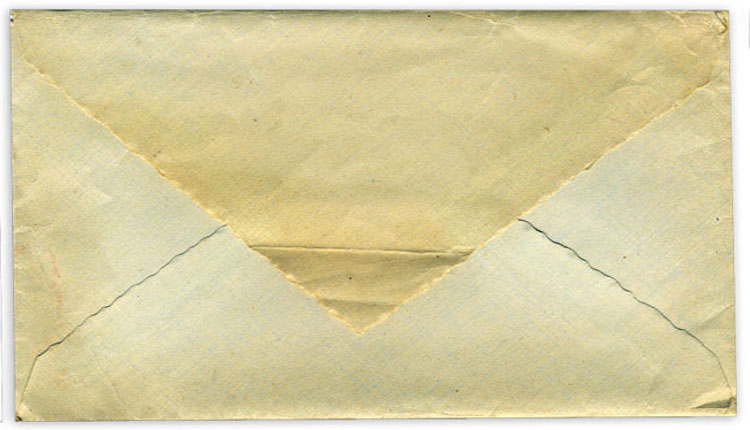
As I said in my previous post, there has been lots of interest in history curriculum planning again. This can only be a good thing. Recently, Ofsted has viewed many of the schools they inspect as exam factories where pupils are taught to pass the test at the cost of[…]
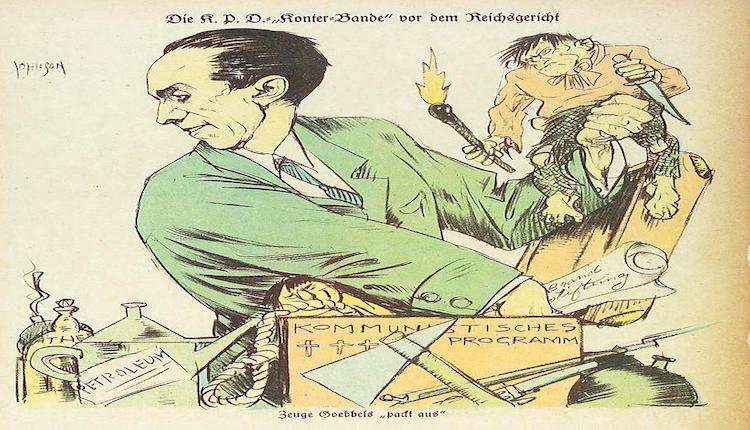
The debate whimpers on. Knowledge and direct instruction against progress teaching ideas. This debate has been going on since the arguments over the birth of GCSE and before. Historical knowledge is crucially important – lets not forget it. But so is the ability to use this knowledge well. We have[…]
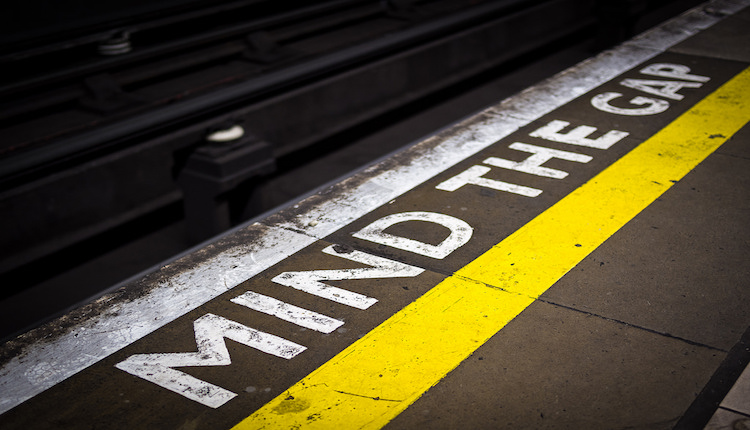
The progress of pupil premium students has been a hot topic over the last few years, even for the humble history teacher. Arms length control The government have spent millions on this vulnerable group of students and want to see bang for their buck. This pressure has been passed down[…]

Recently I arranged for Michael Riley to come and work with my initial teacher trainees and their mentors at Sussex University. What a privilege. After all, it was Michael alongside Jamie Byrom who inspired me to teach history the way that I have been for the last 18 years. A[…]
Struggling to answer Edexcel’s new narrative account analysing question? Here’s how one teacher tried to make the abstract concrete in her students’ brains.
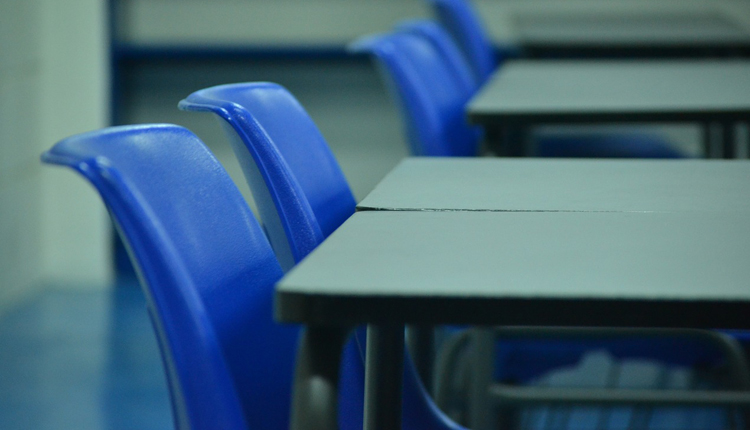
Over the last year I have been working hard creating resources for the new GCSEs. This has led me to look really carefully at many things: different topics, the details of the content, and the assessment approaches of the new GCSEs on offer. These exam questions can be predictable. Fact.[…]
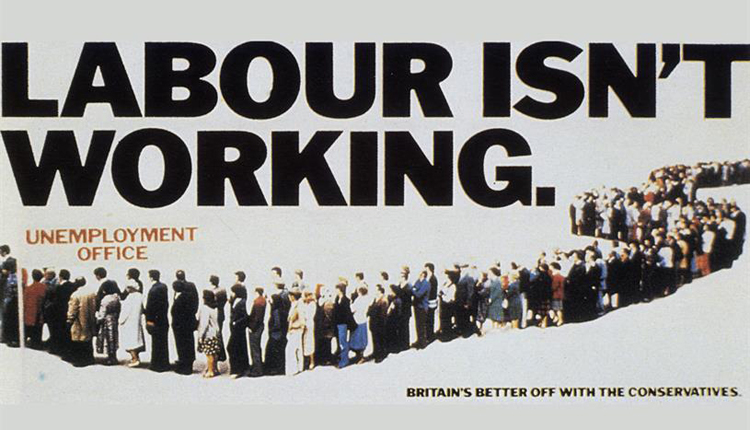
After marking our mock exams a few years ago something struck me. Our students were often failing to get high marks on questions about source evaluation (this was the source paper for OCR Modern World). After closer analysis of examiners reports, mark-schemes and student responses, I realised that we needed some[…]
I must admit that it is only this year, after 20 years of teaching that I have felt comfortable being a’teacher in role’. I don’t know why, but before I started working with Neil Bates this was something that I shied away from. But on my first day working at[…]
If we are to create outstanding learning and learners, we need to engage our pupils to become curious in the classroom. One way to help engage learners and create curiosity is ensure that all enquiries that start in an intriguing and stimulating way. This isn’t a new and revelationary idea. Good teachers[…]
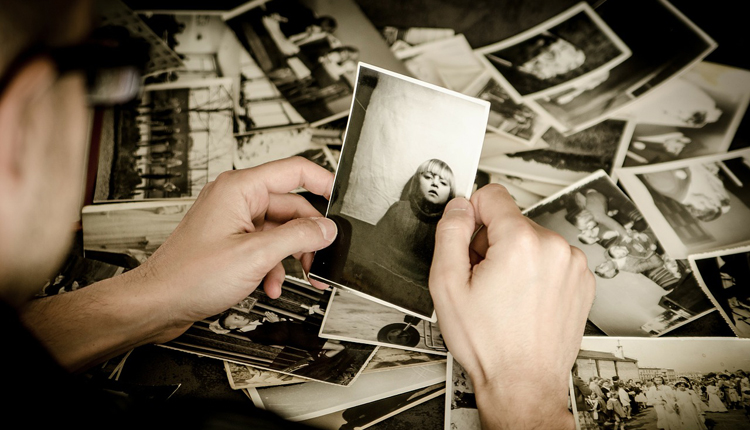
We love to use images in our lessons – always have done. Ever since we could photocopy them from books, print them onto sheets of paper and put them in front of kids we have used them. There are hundreds of possibilities for using pictures. Here are our five top picture activities[…]
Are you bored of setting work that ends up in an extended piece of writing? An essay? An ‘important assessment’? An exam answer? When you tell your class this do they groan and look deflated? Those kids who can’t be bothered don’t bother. You’re marking load increases as your motivation to[…]
Make Knowledge Stick: Odd One Out Recently I have been working really hard to ensure that my GCSE students can recall information over longer periods of time. This is something that I admit, I never really used to think about. I would just teach in an enquiry based way and[…]
The best professional development I have ever had is to work alongside a creative colleague. Just by sitting down for 20 minutes and discussing your lessons for the next day can inspire ideas, or it can reveal fab teaching strategies that you never thought of. In my career I have[…]
It is probably out of fashion at the moment to suggest such crazy ideas as kids having fun in your lessons. Playing the peasant farming game? Don’t be so ridiculous – where is the evidence of exceptional progress by all in the first 10 minutes your SLT may well cry![…]
We use this simple technique to check and cement learning and to deepen thinking. Playing games in the history classroom can be fun. We love ‘Prove it’ and ‘Challenge it’. As you probably know we are unashamed users of cards in lessons. Why? Well, this is because, if the cards[…]
Games in the history classroom: The wall of misconception. This is a great idea to use as a mini plenary to check learning in a fun and active way. The class needs to be armed with knowledge for this activity to work. You may have taught them does Richard the[…]
We would recommend that you sometimes use double continuums to sharpen your student’s historical thinking. This neat idea is really simple. We all want to make our students think more. And I have found over the years that many don’t actually like to think. So this neat idea has helped[…]
You know one of the things that really annoys me? It is watching a lesson where so called less able students are given low level work to do (a gap fill maybe), while those the teacher perceives as bright are given more challenging and harder work. Often the so called[…]
What makes a great (history) teacher? I have been pondering this question lately. By lately I mean for the last 19 years or so… and probably will continue to ponder for the next 20 to 30 years, God willing! Lots of people seem to be experts on this subject, clever[…]
We firmly believe that children from the earliest age possible should be taught that history is a construct. We love using the works of real historians at different points in lessons. Our pupils should see that history is created by historians and others who piece together the past from the evidence[…]
Isn’t it great when you get your kids to a point in their learning when they have done some really great history? But then, time and again, when you ask them to write something meaningful at the end of this process what you get just isn’t as good as you expect.[…]